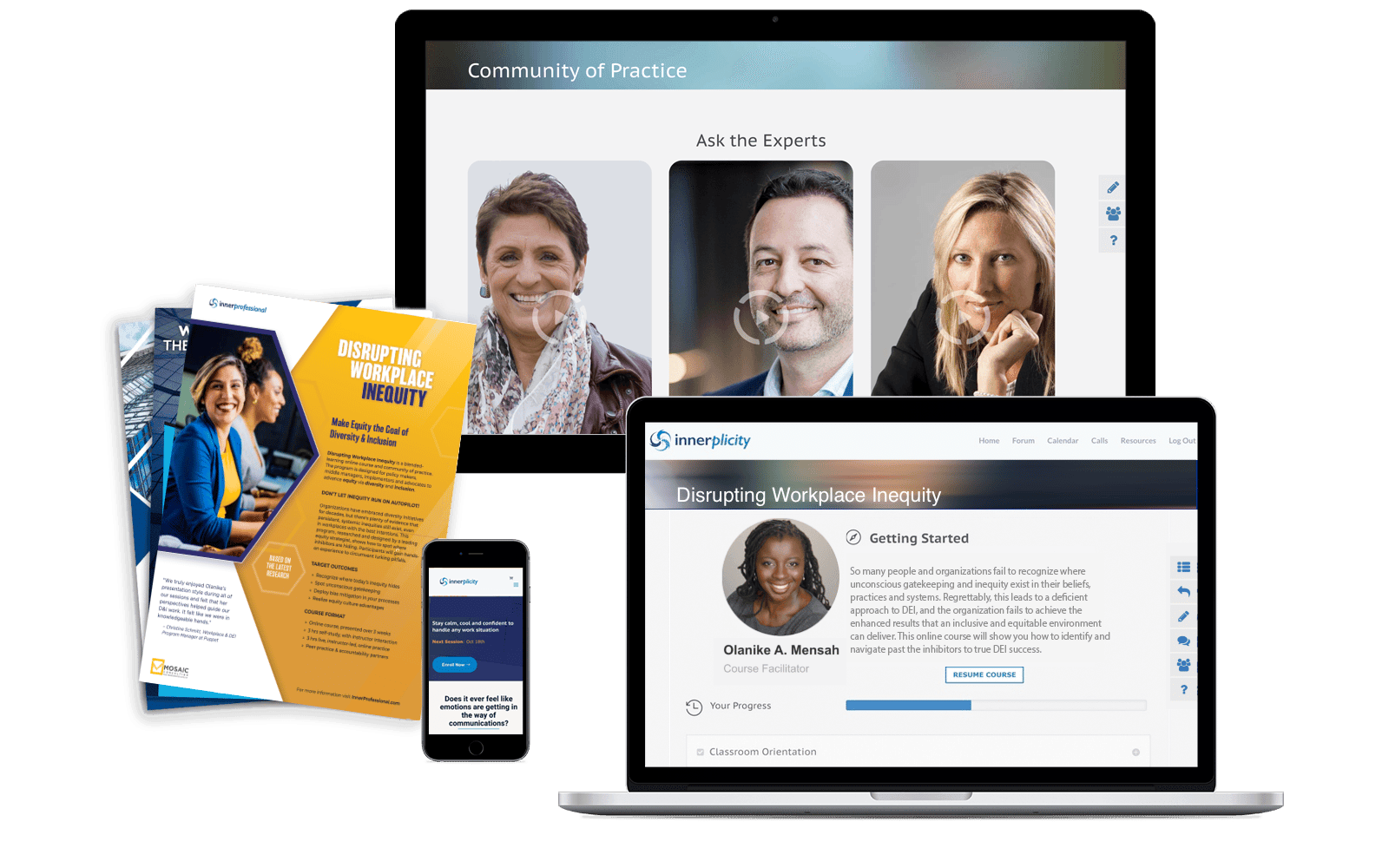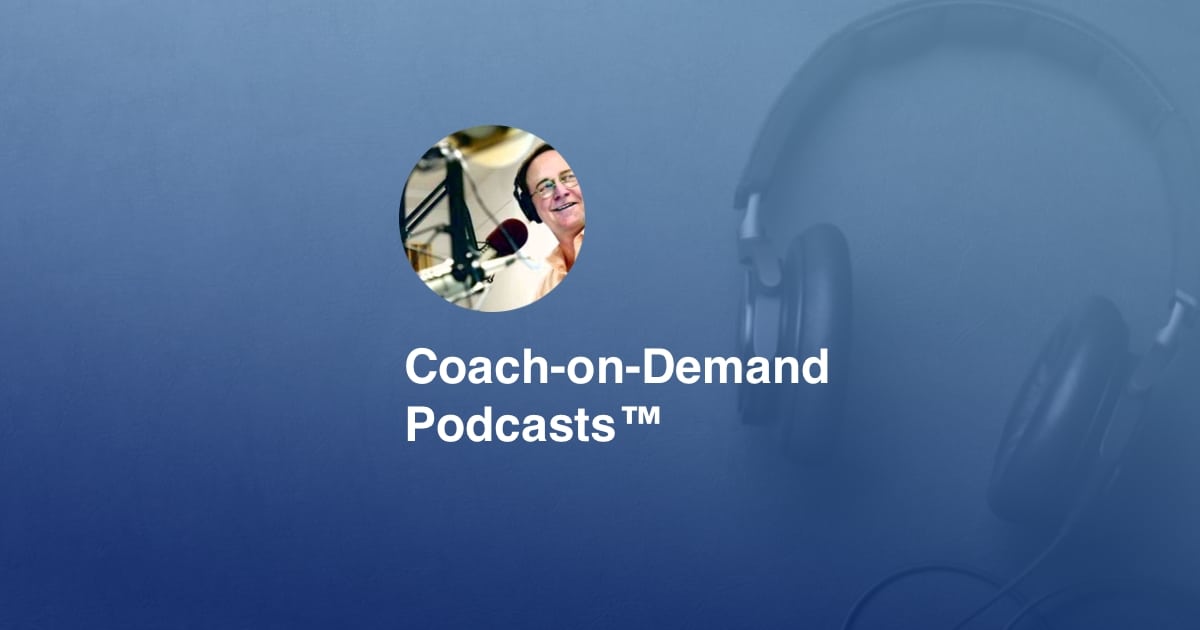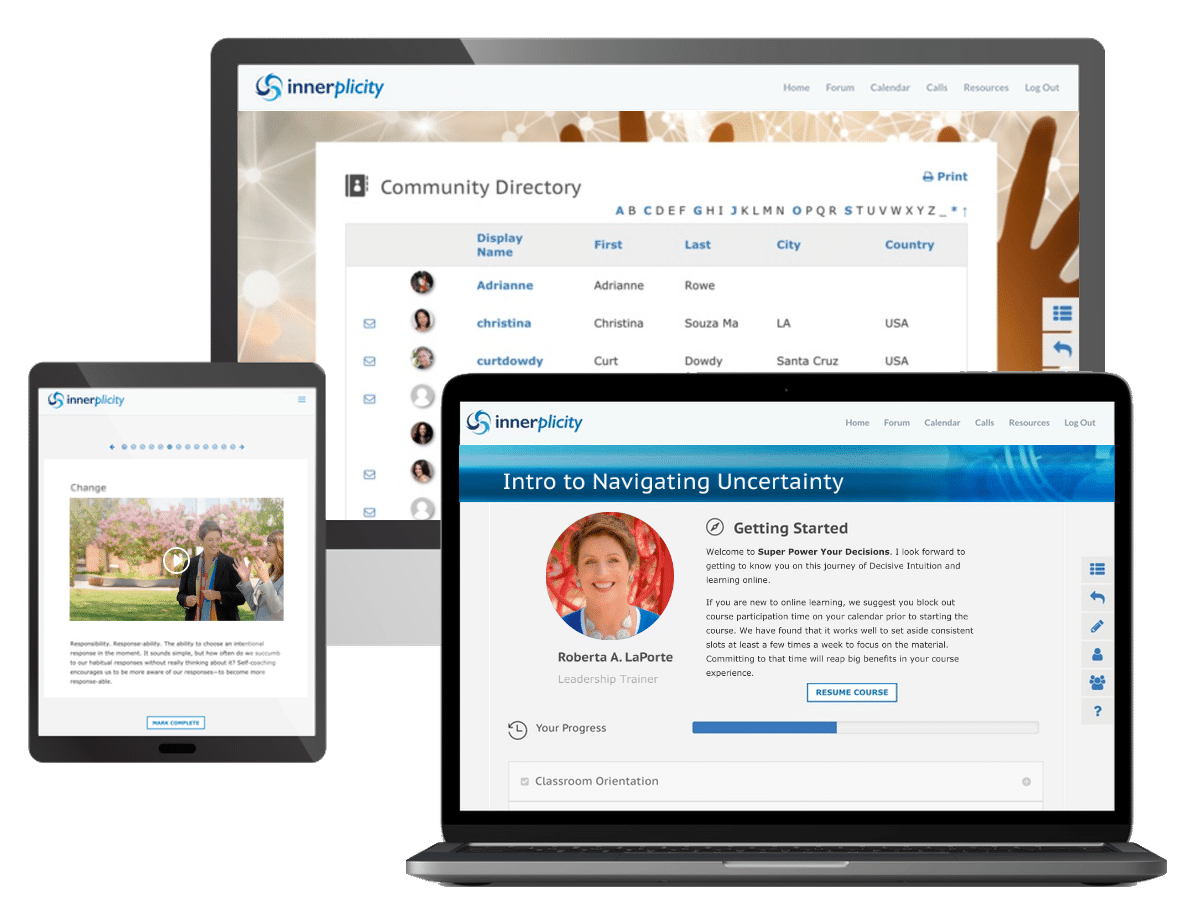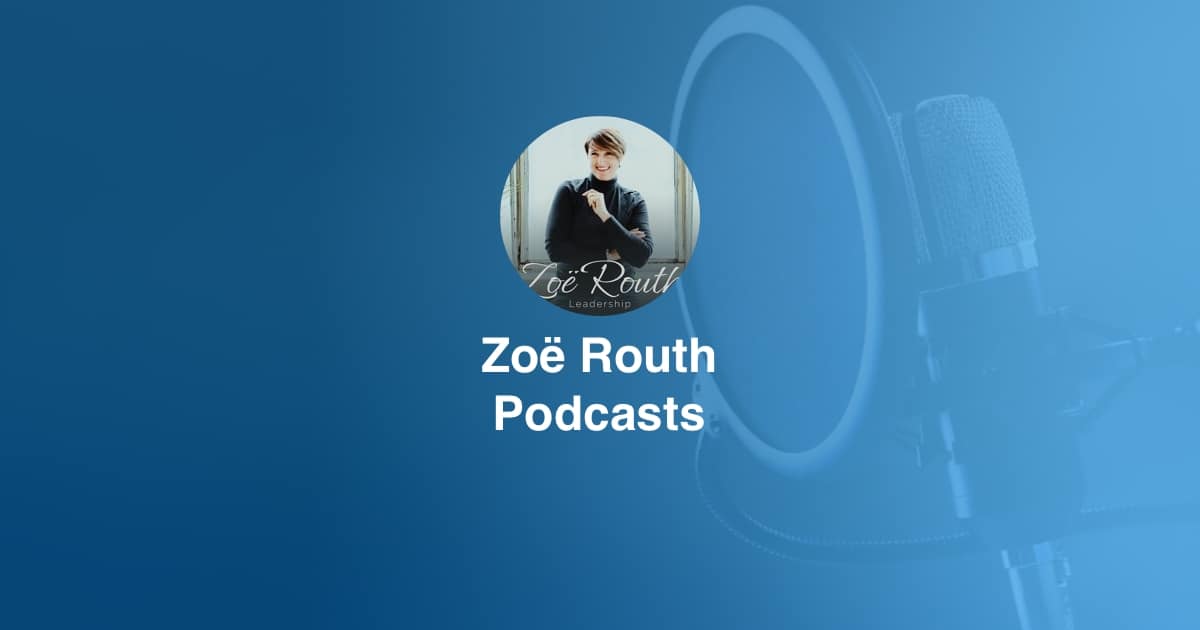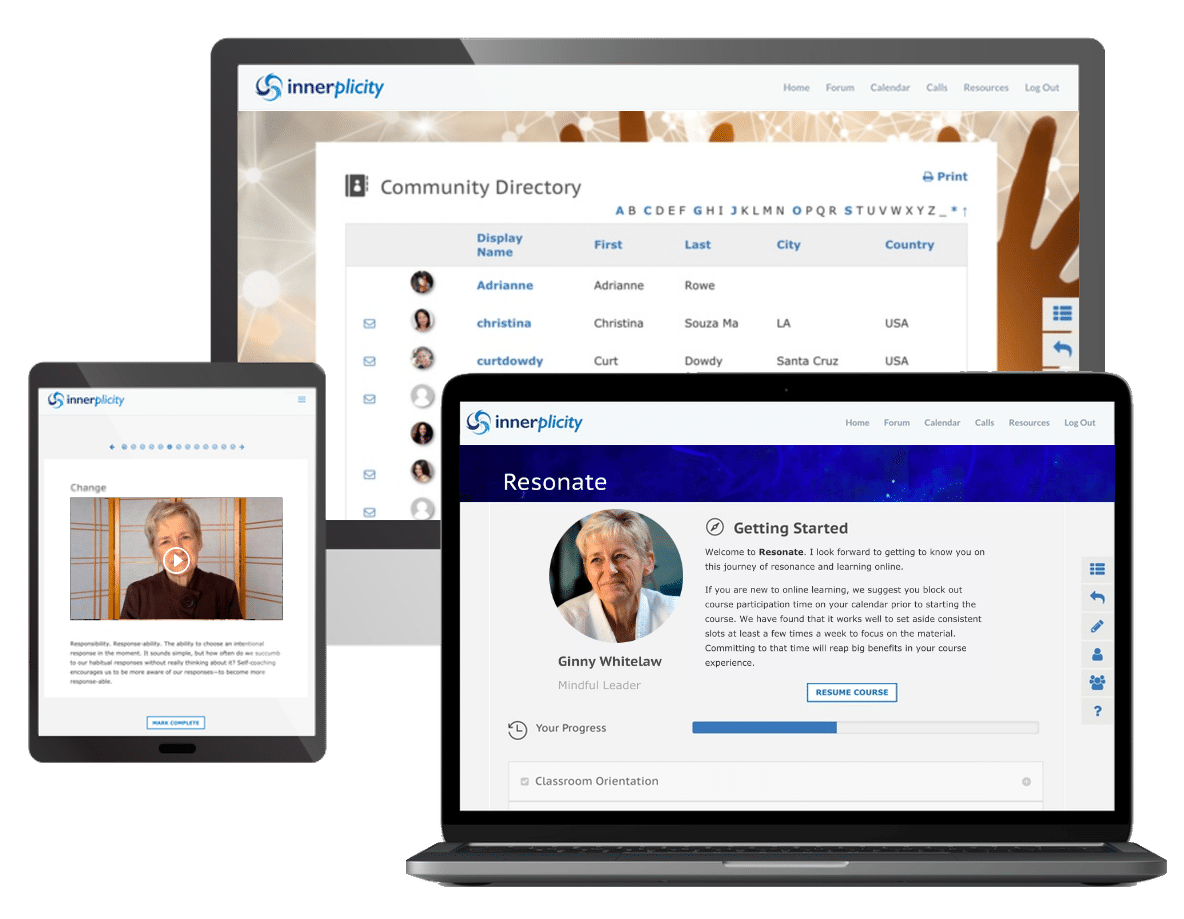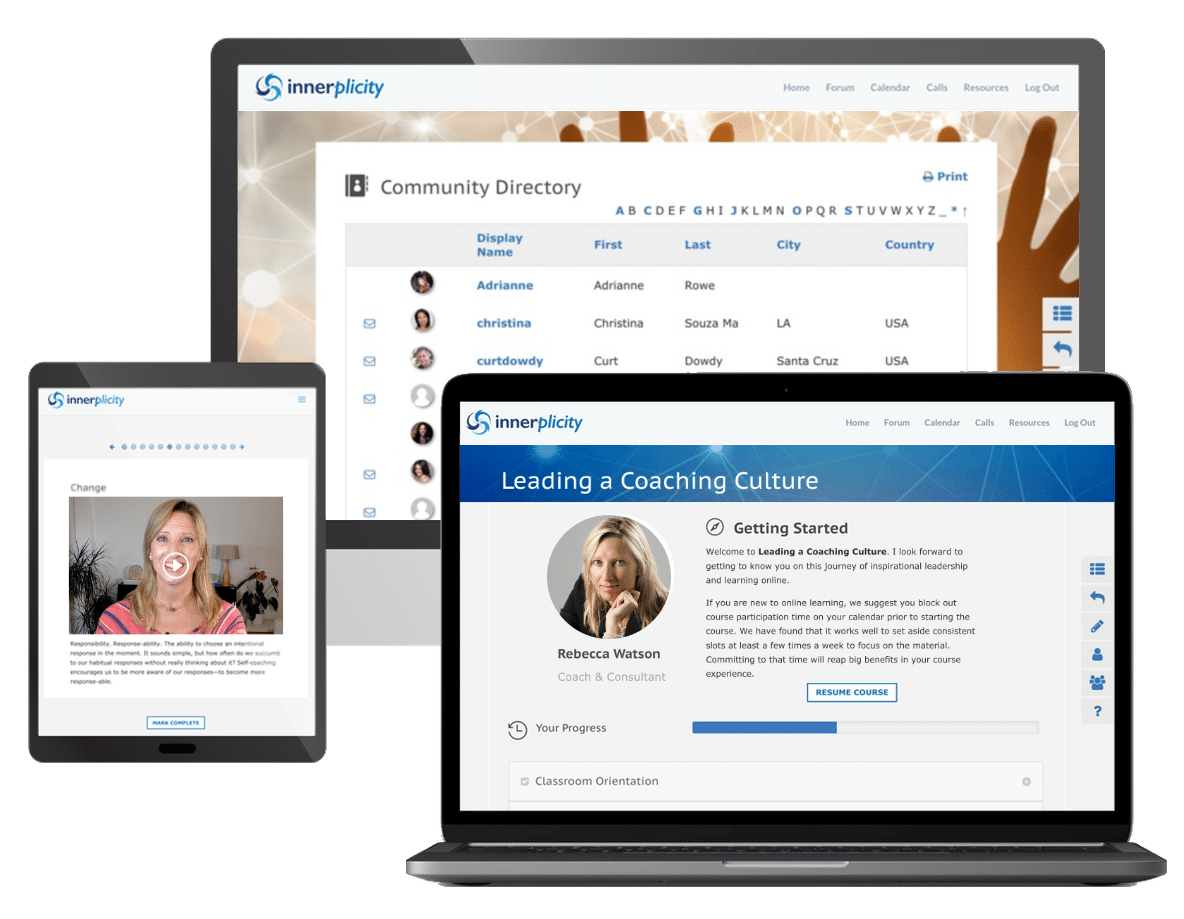Part 3 of 3 - 2 min - In my last blog, I talked about the difference between making statements...

Making a True Commitment to Workplace Equity
Making a True Commitment to Workplace Equity
Part 3 of 3
– 2 min –
In my last blog, I talked about the difference between making statements about change and actually making a true and deep commitment to implement changes.
But what does it mean to make a true commitment to workplace equity? I’ve realized over the last few years that the word ‘commitment’ doesn’t mean the same thing to all of us. I’ve always known this in terms of personal relationships, but it has taken me a while to connect the dots to this work, which is highly relational! Allow me to define what commitment means to me, in this context.
A true commitment to this work means that you have decided
- to be uncomfortable and challenged;
- to center the voices and profiles of people you never have in the past;
- that anybody who works for and with you shares your vision of a world and workplace with equity and justice for all — not being on board is a dealbreaker;
- that everything you do and how you do it, down to the level of your policies and procedures, must reflect the values you espouse — and to that end, you put your money and your energy where your mouth is;
- to invest energy, money, relationships, and sweat equity into doing this very hard, uncomfortable thing that will sometimes feel too risky; and, last but definitely not least
- to keep at it and never give up!
If a commitment like that has been made, your statement will flow from the foundation you’ve laid down. I also hope my blogs will give you good nuggets for consideration.
Put frankly, people that have been historically, consistently, and predictably pushed to the margins of our workplaces, pushed out of them, or never allowed into them at all deserve your true, deep, and continuous commitment, not just fancy words on your website! A statement lacking the power of an organization’s commitment is deceitful and adds to the harm that people with marginalized identities already face. Don’t add to the problem — be part of the solution!
So, before you even pick up a pen to draft a statement, ask yourself if you’ve made a true commitment to equity in your workplace. If the answer is no, stop and start over. If the answer is yes, carry on!
Olanike A. Mensah, CEO, Mosaic Consulting
Olanike is a strategist and executor rolled into one, experienced in applying the Diversity, Equity and Inclusion (DEI) lens to all aspects of workplace management and at any stage of DEI development. Her 20+ years of experience spans corporate and non-profit organizations operating at local, national, and international levels. Learn more »
Trending
Making a True Commitment to Workplace Equity
Committing to a Strong DEI Statement
Part 2 of 3- 4 min - In my last blog, I talked about the difference between making statements...
What To Do When Your Team Is Stretched Too Thin
- 2 min - I may hit a nerve with some of you in this post, but I hope you’ll be open to...
Emotional Intelligence to Achieve Equity
- 3 min - DEI & EQ - Why Emotional Intelligence is Needed to Make Diversity, Equity and...
FEATURED COURSE
Disrupting Workplace Inequity
Empower your diversity, equity and inclusion advocacy. Learn where and why top DEI inhibitors exist or re-emerge. Apply proven practices to remedy and prevent unconscious bias and gatekeeping.
October 24, 2022
Instructor-Led Course
3-Weeks Online
8hrs Est. Course time
Peer-group Networking
